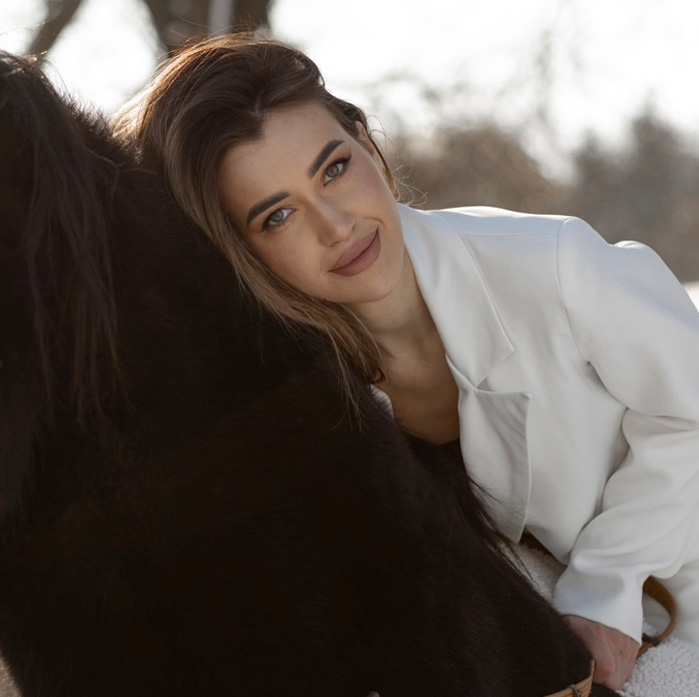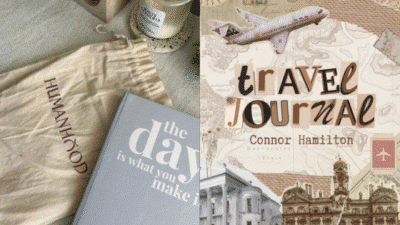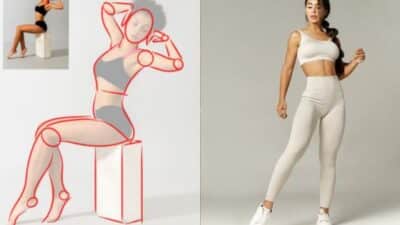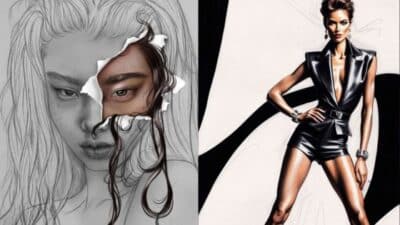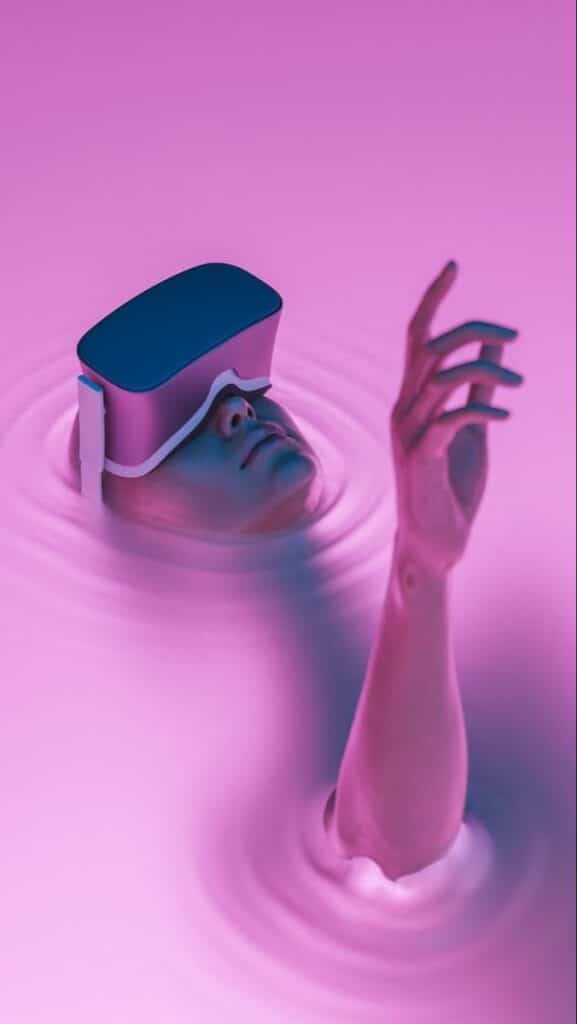
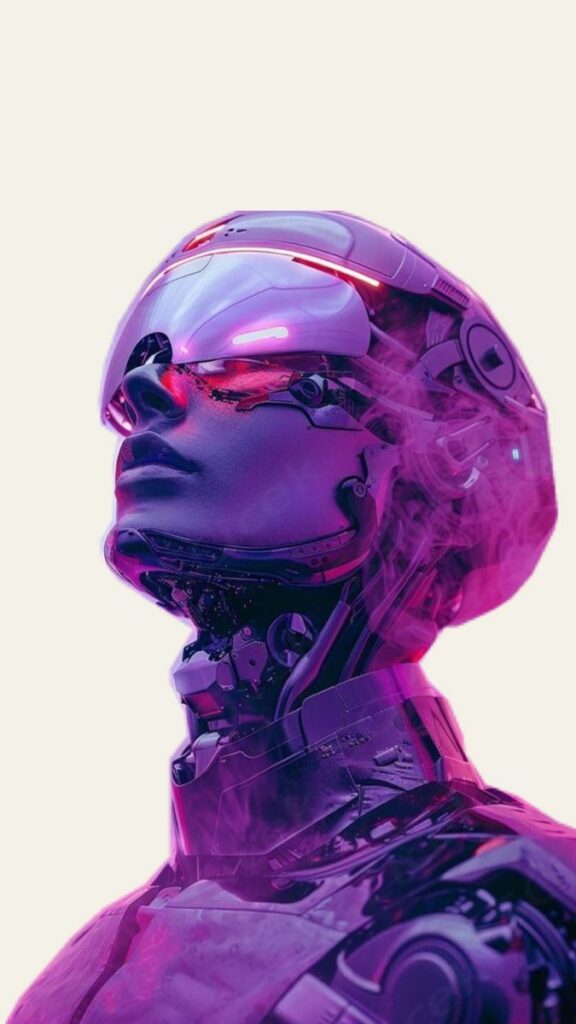
AI illustration is changing fast, shaping how art is created and seen. The biggest trend is using smart tools to make images that blend creativity with automation, making art faster and more diverse. This shift is opening new ways for artists and designers to work.
Different styles are becoming popular, from hyper-realistic pictures to abstract and surreal designs created by AI. These tools help artists experiment with colors and shapes in ways they couldn’t before. The blend of human ideas and machine power is leading to fresh, unique visuals.
Technology keeps improving, making AI more capable of handling complex tasks in illustration. This means the future will likely bring more advanced tools, helping both amateurs and professionals create better art without starting from scratch.
Key Takeways
- AI tools help create diverse and fast illustrations.
- New styles come from mixing human and machine creativity.
- Future tech will enable more advanced and accessible art creation.
Defining AI Illustration Trends
AI illustration trends combine new technology with creative art. These trends show changes in how images are made, tools artists use, and the platforms that help create and share AI artwork.
What Sets AI Illustrations Apart
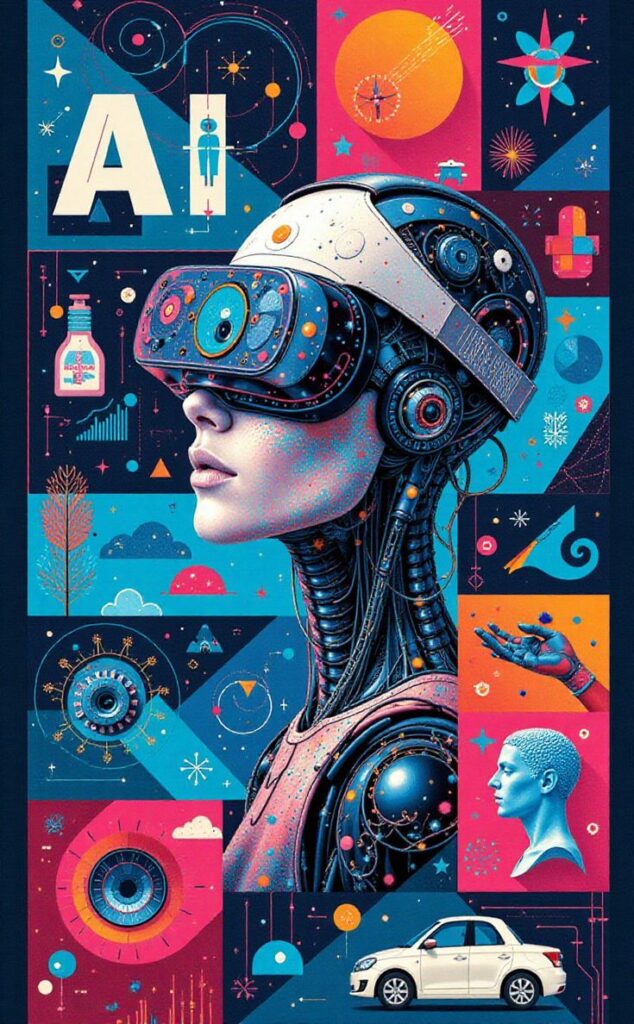
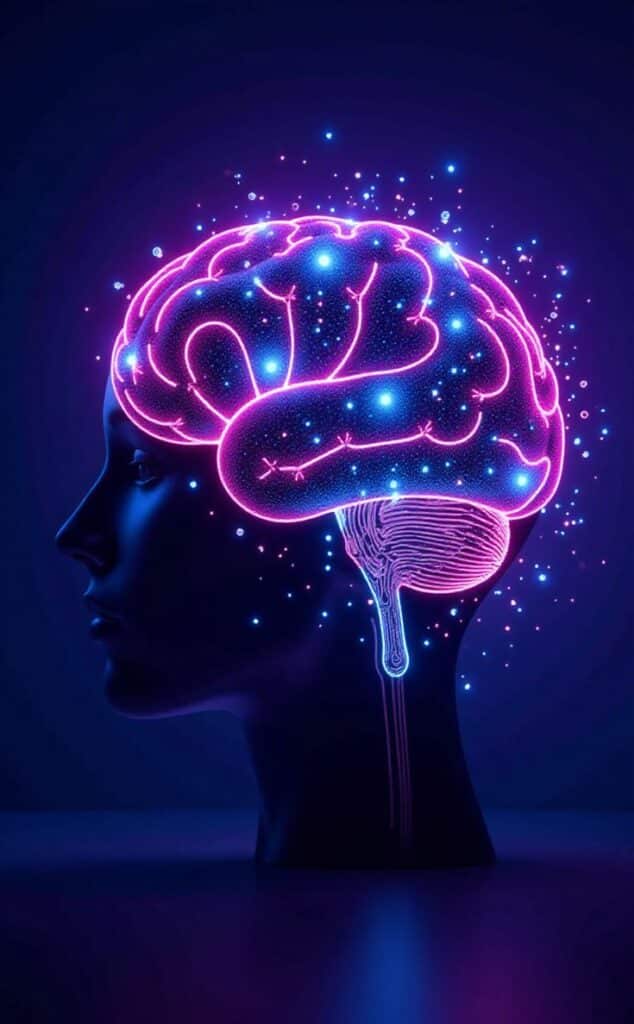
AI illustrations are created using computer programs that learn patterns from many images. Unlike traditional art, AI can produce unique images faster by mixing different styles and elements.
Artists input ideas or keywords, and the AI generates pictures based on that. This process allows for more experimentation and quick changes.
AI art is often marked by unexpected combinations, unusual color schemes, and styles that blend reality with fantasy. These features make AI illustrations distinct and rapidly evolving.
Evolution of Digital Art with AI
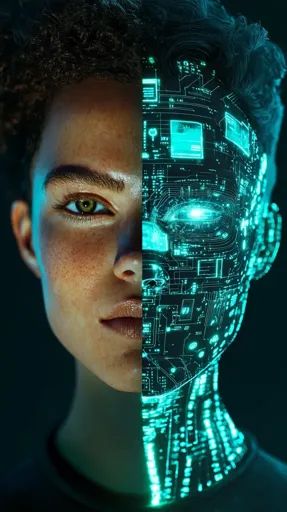
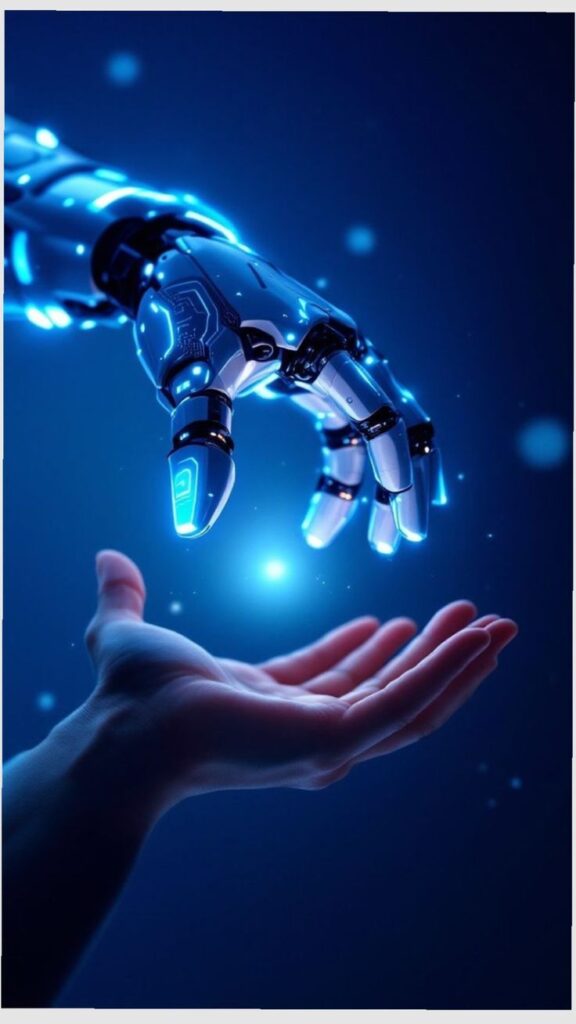
Digital art began with tools like Photoshop and graphic tablets. AI adds a new layer by automating parts of the creative process, making it more accessible to non-artists.
AI can learn from millions of artworks, improving the quality and variety of generated images. This helps artists push boundaries by combining human creativity with machine power.
The rise of AI has also led to new styles that mix hand-drawn elements with AI-generated ones. This changes how artists think about digital creation and teamwork with technology.
Popular AI Art Platforms
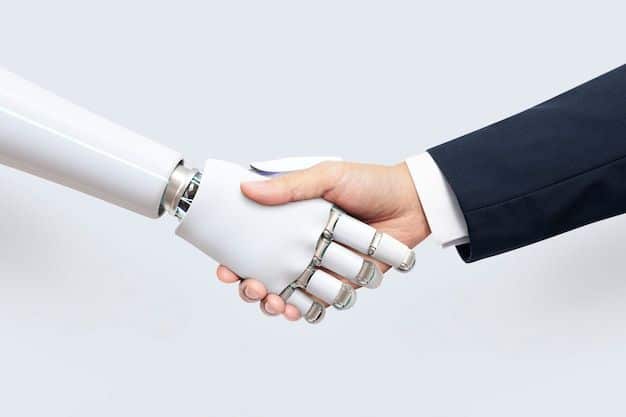
Several platforms have become popular for creating AI illustrations. Some well-known ones include:
- DALL·E 2: Generates images from text prompts with high detail.
- Midjourney: Focuses on artistic and surreal outputs.
- Stable Diffusion: Open-source and customizable for users with coding skills.
These platforms differ in ease of use, style, and customization options. Many offer free trials, but advanced features often require paid plans.
They are important tools for artists, designers, and hobbyists exploring AI-generated art in creative projects.
Current AI Illustration Styles
AI illustration today uses distinct styles that suit different creative goals. These styles vary from experimental image creation to highly detailed visuals and imaginative designs. Each style blends technology with artistic choices in unique ways.
Generative Art Forms
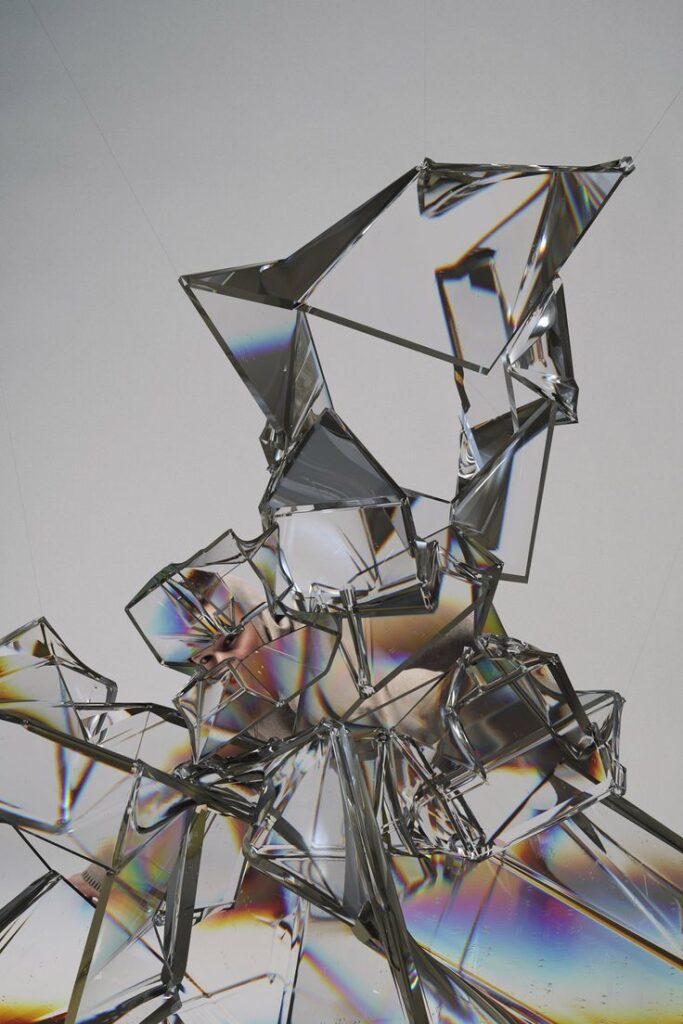
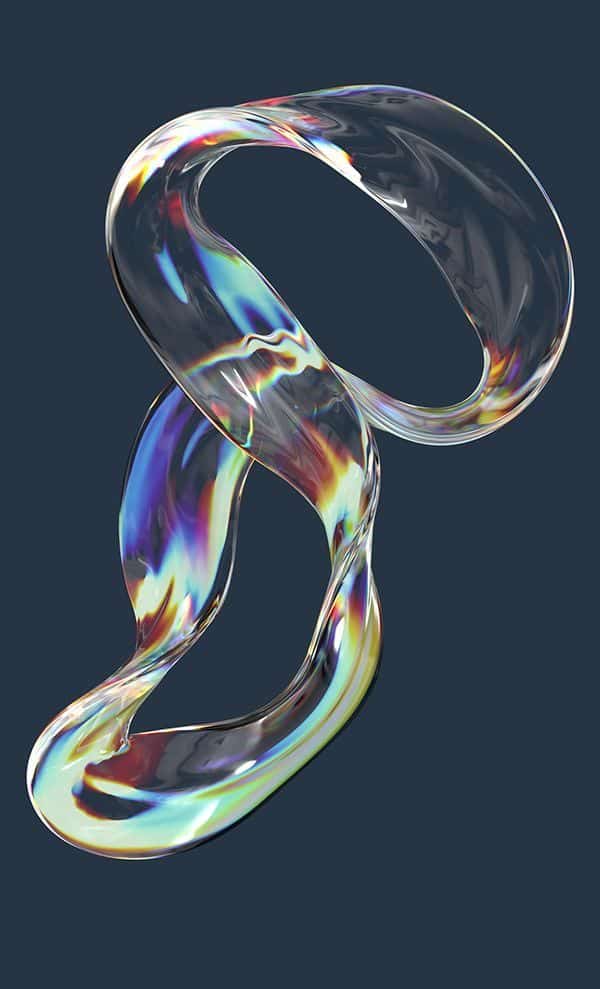
Generative art uses algorithms to produce images that change with each run. AI tools like GANs create patterns, shapes, and colors based on rules set by the user. This style focuses on creativity through randomness and computation.
Artists often use generative methods to explore new visual ideas. The images can range from simple shapes to complex textures that look digital or organic. This style is common for backgrounds, patterns, and futuristic concepts.
Tools like DALL-E and Artbreeder support generative art by blending existing images to create new combinations. These systems allow for rapid experimentation without manual drawing. The result is fresh artwork that cannot be easily replicated.
Hyper-Realistic Illustrations


Hyper-realism in AI uses deep learning to mimic real-world details and lighting. It produces images that closely resemble photographs or real objects. This style is popular for portraits, product visuals, and digital twins.
Such illustrations highlight precision in textures like skin, fabric, and reflections. AI models trained on vast photo datasets help recreate tiny details convincingly. The goal is to make the viewer unsure if the image is AI-generated or a photo.
Artists apply hyper-realistic AI for marketing, movies, and virtual environments. This style often requires fine-tuning and human input to avoid errors like unnatural poses or shadows. It blends realism with AI speed.
Surreal and Abstract Renditions
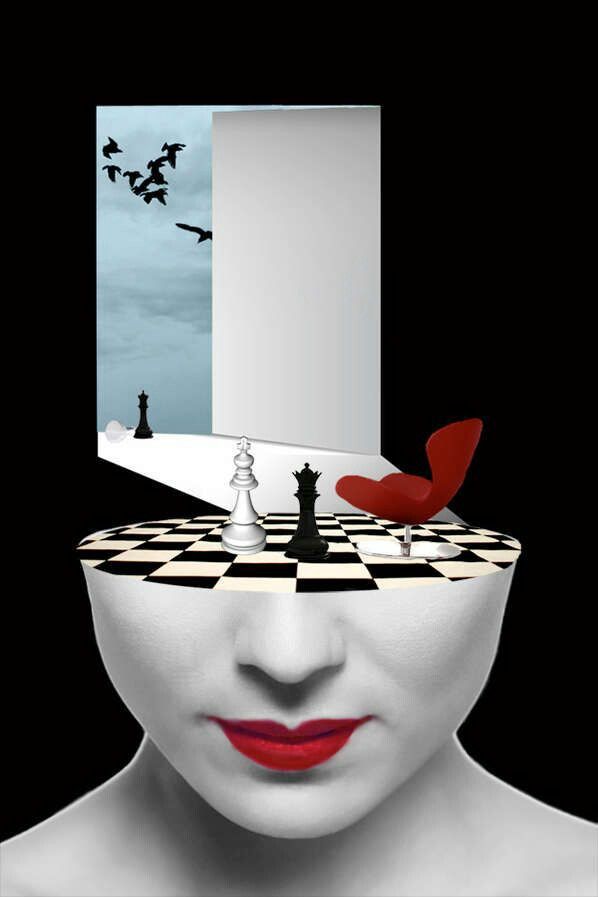

Surreal AI illustrations depart from reality to create dream-like or bizarre visuals. They combine unrelated objects or distort familiar shapes into new forms. This style emphasizes imagination over accuracy.
AI models generate these images by merging concepts and pushing boundaries. The results can be colorful and strange or eerie and minimalistic. Surreal art often aims to evoke emotions or provoke thought through unusual imagery.
Abstract AI illustrations focus on colors, shapes, and movement rather than recognizable subjects. They work well for modern art, album covers, and creative branding. The style relies on AI’s ability to explore creative freedom beyond human limits.
Emerging Technologies in AI Illustration
Recent advances in AI illustration focus on new ways to create images through improved models, tools that turn text into pictures, and faster rendering techniques. These technologies change how artists and designers work by increasing speed and allowing more precise control over the final image.
Diffusion Models
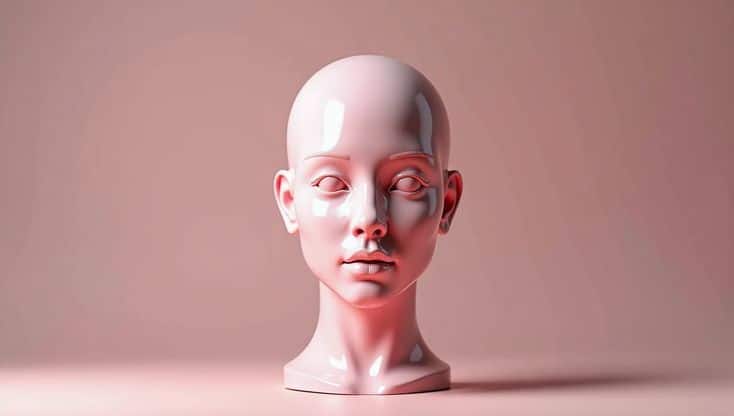
Diffusion models generate images by gradually refining random noise into a clear picture. These models work in steps, slowly improving the detail and sharpness of the image. They have become popular for producing high-quality, realistic illustrations.
Diffusion models can handle complex textures and lighting effects better than older methods. They are often used in creative fields because they allow artists to guide the style and composition during the creation process. This flexibility makes them valuable for custom designs.
Text-to-Image Algorithms
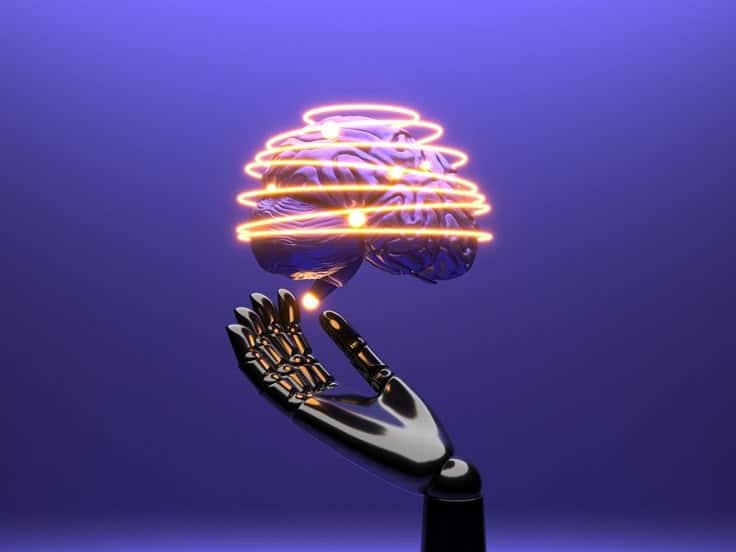
Text-to-image algorithms convert written descriptions into images. Users input specific words or phrases, and the AI creates a picture that matches the description. This technology helps non-artists generate visuals without needing drawing skills.
These algorithms rely on large databases of images linked to text, allowing them to understand context and details. Recent improvements have increased the clarity and relevance of the generated images. Users can often tweak the input to get more accurate or creative results.
Real-Time AI Rendering
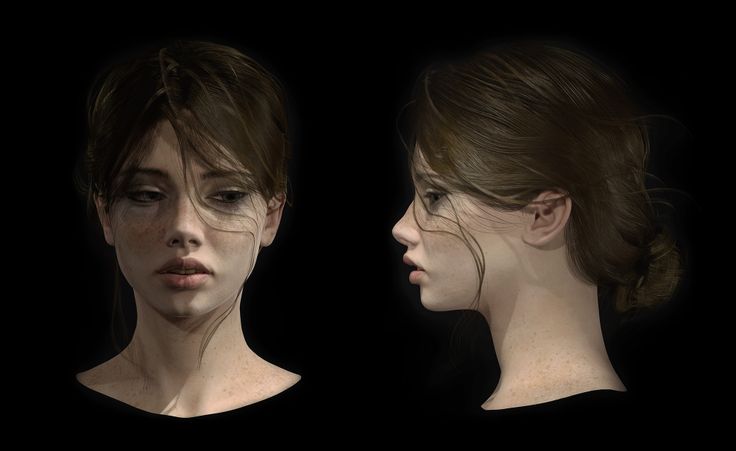
Real-time AI rendering speeds up the process of creating or editing illustrations by allowing changes to appear instantly. This technology uses powerful hardware and optimized software to update images as adjustments are made.
It benefits fields like gaming, animation, and virtual reality where fast feedback is essential. Real-time rendering reduces the wait for previews, making the workflow smoother and more efficient for artists working under tight deadlines.
Creative Applications of AI Illustration
AI illustration is changing how images are created for different purposes. It helps make visuals faster and often cheaper, while allowing for new styles and creativity.
Brand and Advertising Imagery
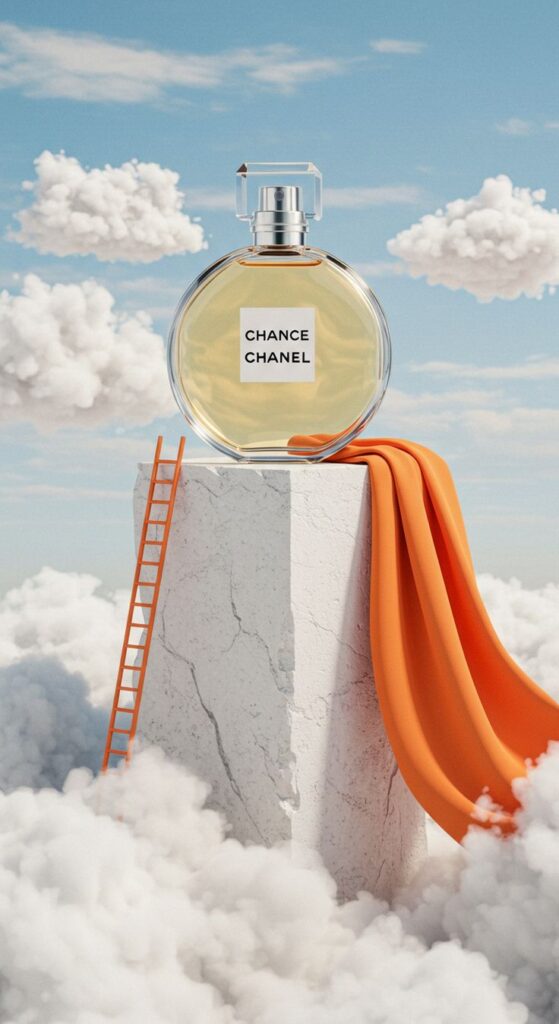

AI tools help create unique visuals that fit a brand’s style. Companies use AI to generate logos, product images, and promotional graphics quickly. This speeds up the design process and allows for easy customization.
Brands can test many design ideas without hiring multiple artists. AI can adjust images for different platforms, like social media or billboards, maintaining consistency. It also enables targeted visuals that appeal to specific audiences by using data-driven design.
AI can produce high-quality images even on tight budgets. This helps small businesses compete with larger companies in advertising.
Editorial and Concept Art
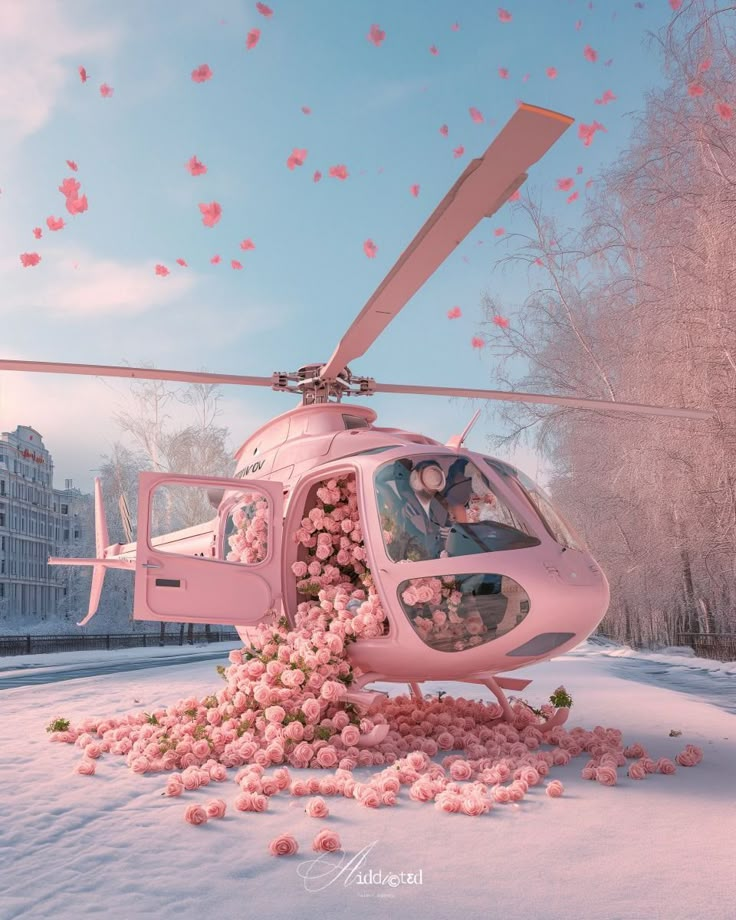
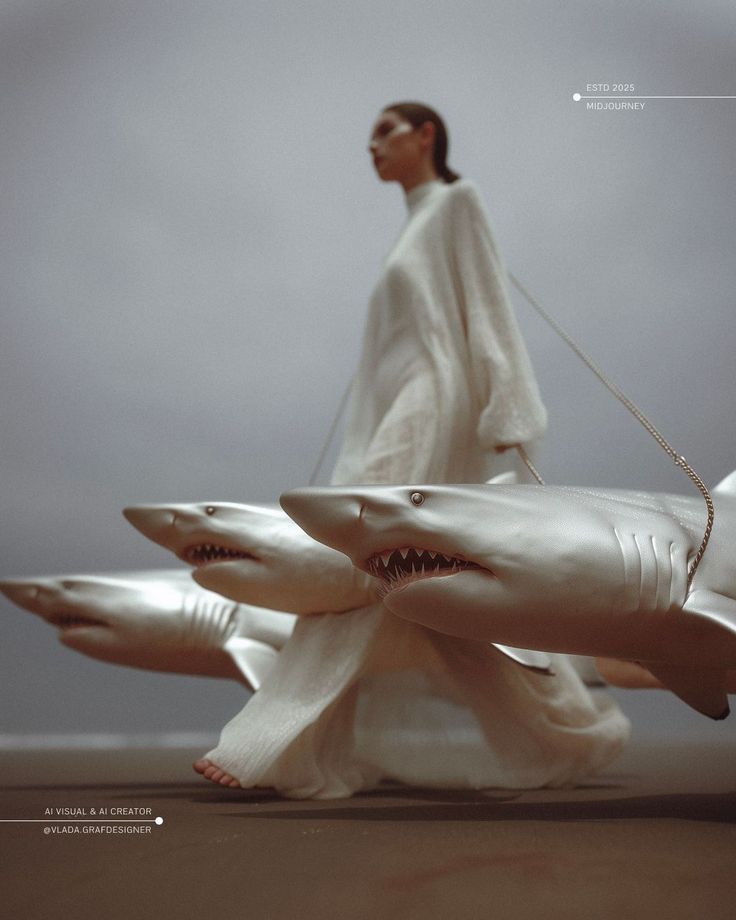
Editors and artists use AI to generate concept art for articles, books, and films. AI can suggest new ideas by combining different styles or themes quickly, helping artists overcome creative blocks.
In editorial work, AI helps create visuals that match complex topics. Illustrators can use AI to quickly draft images for stories, then refine the details manually.
AI also speeds up the creation of storyboards and character designs. This allows editors and writers to see ideas in visual form sooner, improving the planning stages of projects.
Ethics and Challenges in AI Illustration
AI illustrations raise important questions about who owns the work and how credit is given. There are also problems with bias, where AI may reflect unfair or harmful ideas in the art it creates.
Authorship and Attribution
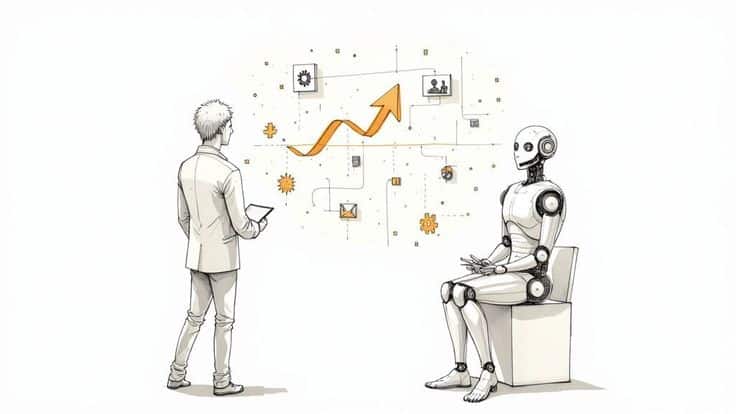
AI tools generate images based on large datasets of existing works. This makes it hard to decide who owns the final illustration—the AI developer, the user, or the original artists whose work was included in training.
Many artists and legal experts argue that proper credit should go to the human creators and those whose art was used. But current laws often do not clearly cover AI-generated images.
Some platforms require users to disclose when AI was used. Still, there is ongoing debate about how to protect creators’ rights while allowing new digital art forms to grow.
Bias in AI-Generated Art
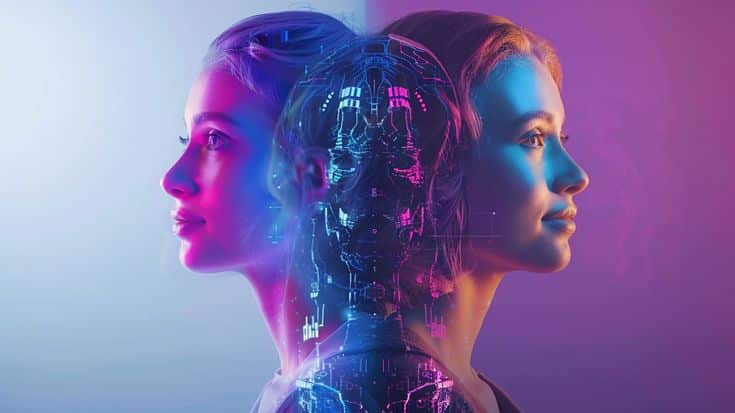
AI learns from data that may include biased or stereotypical images. This can cause AI to produce art that reinforces gender, racial, or cultural stereotypes without meaning to.
For example, an AI might consistently show certain groups in limited ways or favor one style over others. This results in less diverse and less accurate artworks.
Developers try to reduce bias by adjusting training data and algorithms. But bias remains a challenge, and users must be aware of these limitations when using AI-generated illustrations.
Future Directions for AI Illustration Trends
AI illustration is set to grow with more teamwork between people and machines, stronger options for customizing art, and increased attention to eco-friendly practices. These changes will shape how artists create and share their work.
Collaboration Between Humans and AI
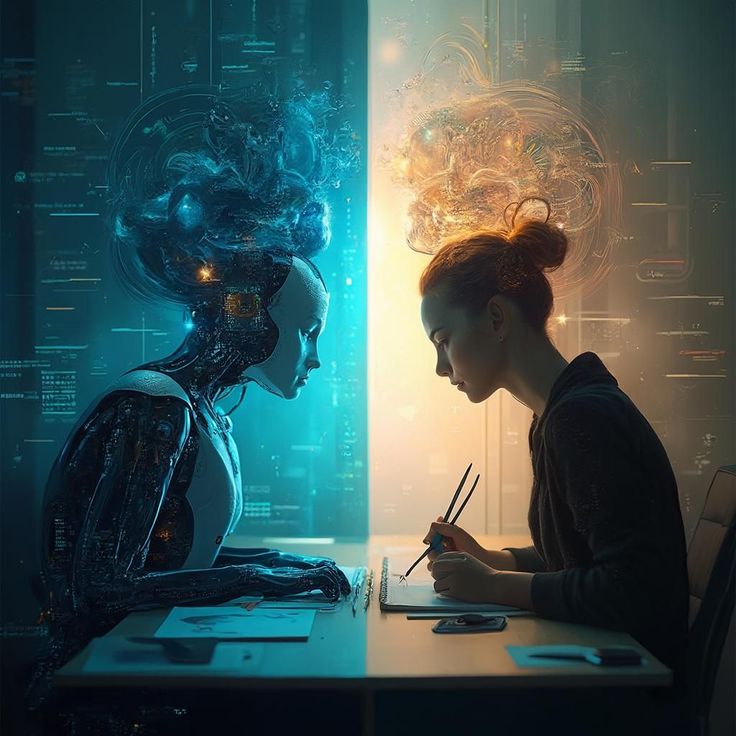
AI tools are becoming partners for artists, not just assistants. They help generate ideas, speed up rough drafts, and suggest new styles. This teamwork improves creativity and workflow.
Artists still guide the process by choosing final designs and adding personal touches. AI handles repetitive tasks, letting artists focus on original elements. This blend of human skill and AI efficiency is making art production faster and more diverse.
Some platforms now allow real-time collaboration where artists and AI interact back and forth. This keeps the artistic vision clear while using AI’s strengths to explore new possibilities.
AI Personalization in Art
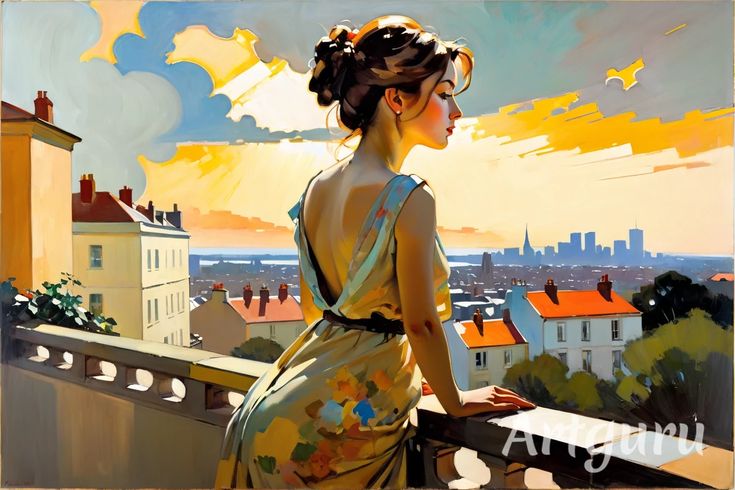
AI is making it easier for artists and consumers to customize illustrations. Algorithms analyze preferences to tailor styles, colors, and themes. This means more unique and relevant art pieces.
Users can input specific details or moods, and AI adjusts the artwork to match. This personalization is useful for marketing, book illustrations, and custom gifts.
Artists can also use AI to create series of works with consistent styles but different elements. This flexibility supports both creative freedom and meeting client demands.
Sustainability Concerns

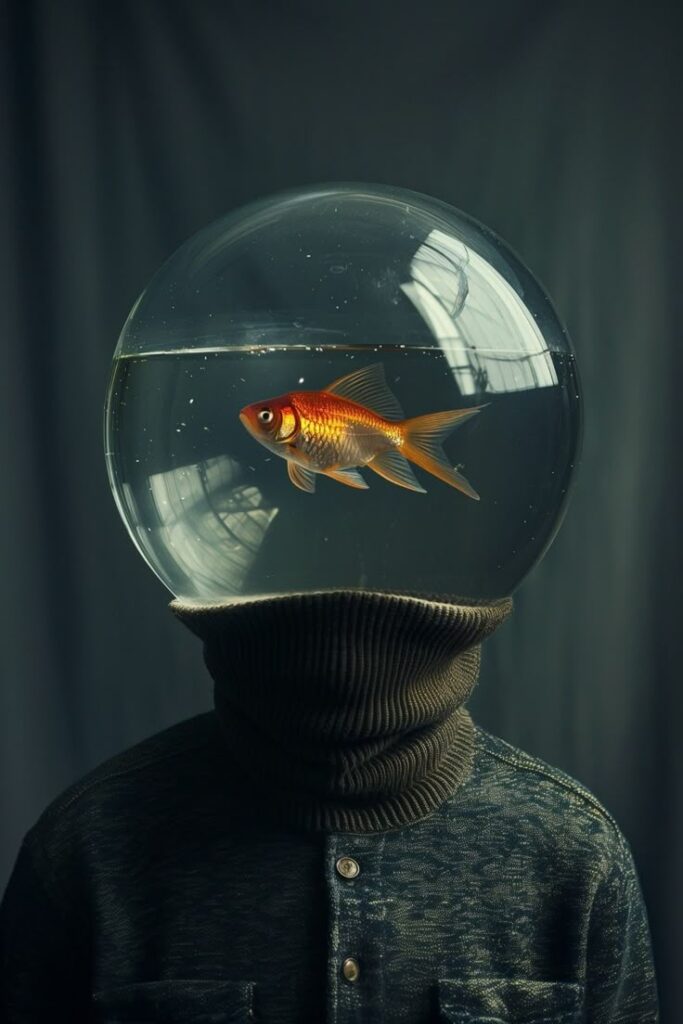
As AI illustration grows, so does energy use from data centers running AI models. Some companies focus on reducing carbon footprints by improving hardware efficiency and using cleaner energy.
Artists and developers are looking for ways to limit model size and optimize training to cut energy consumption. Smaller, targeted models often require less power.
Sustainability also involves responsible data use. Using diverse and ethically sourced training data helps avoid biases and supports fairer AI development. This approach benefits the art community and the environment.
Resources for AI Illustration Enthusiasts
Many tools and groups help people improve their AI illustration skills. They provide useful tips, feedback, and education for different experience levels.
Leading AI Illustration Communities
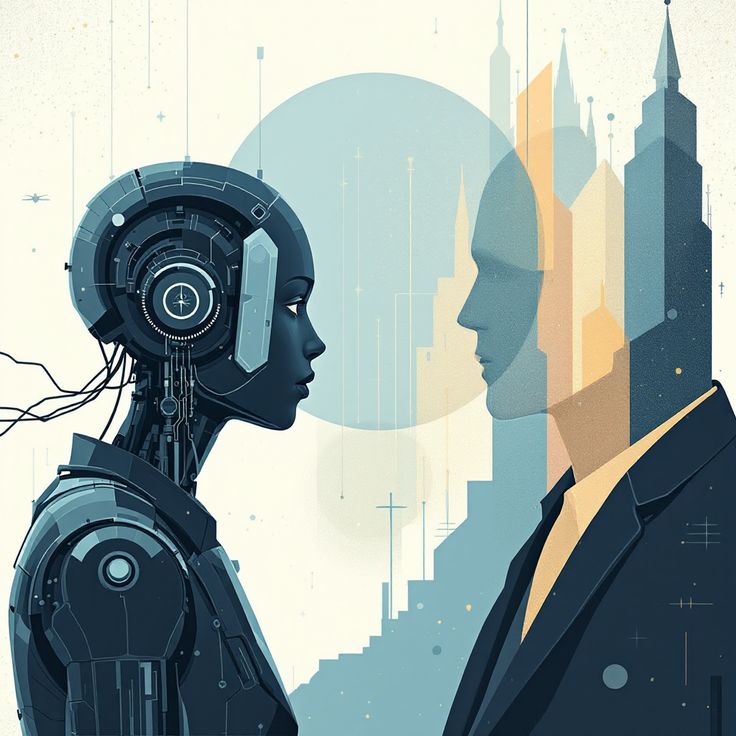
Several online communities focus on AI illustration. Reddit’s r/aiart is one of the biggest, where members share their work and discuss new tools. It’s useful for feedback and updates on software.
Discord servers like “AI Art Collective” offer real-time chat, competitions, and collaborative projects. These spaces encourage learning through interaction.
Platforms like ArtStation have growing AI art sections. Artists use these to showcase work and get professional exposure. Finding a community that fits one’s style and goals is important.
Online Courses and Tutorials
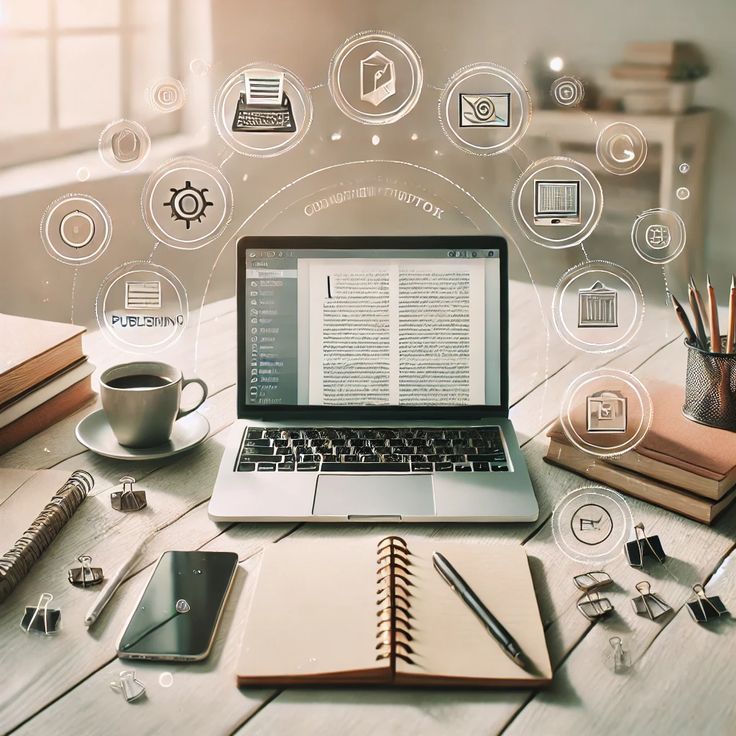
Many websites offer courses specifically for AI art. Coursera and Udemy provide beginner to advanced classes on using AI tools like Midjourney and DALL·E. These courses cover both technical skills and creative techniques.
YouTube channels dedicated to AI illustration include step-by-step tutorials and practical demonstrations. They are free and updated regularly.
Users should look for courses that focus on the latest AI software versions and practical application. Hands-on practice is emphasized for better learning.
- 133shares
- Facebook0
- Pinterest133
- Twitter0
